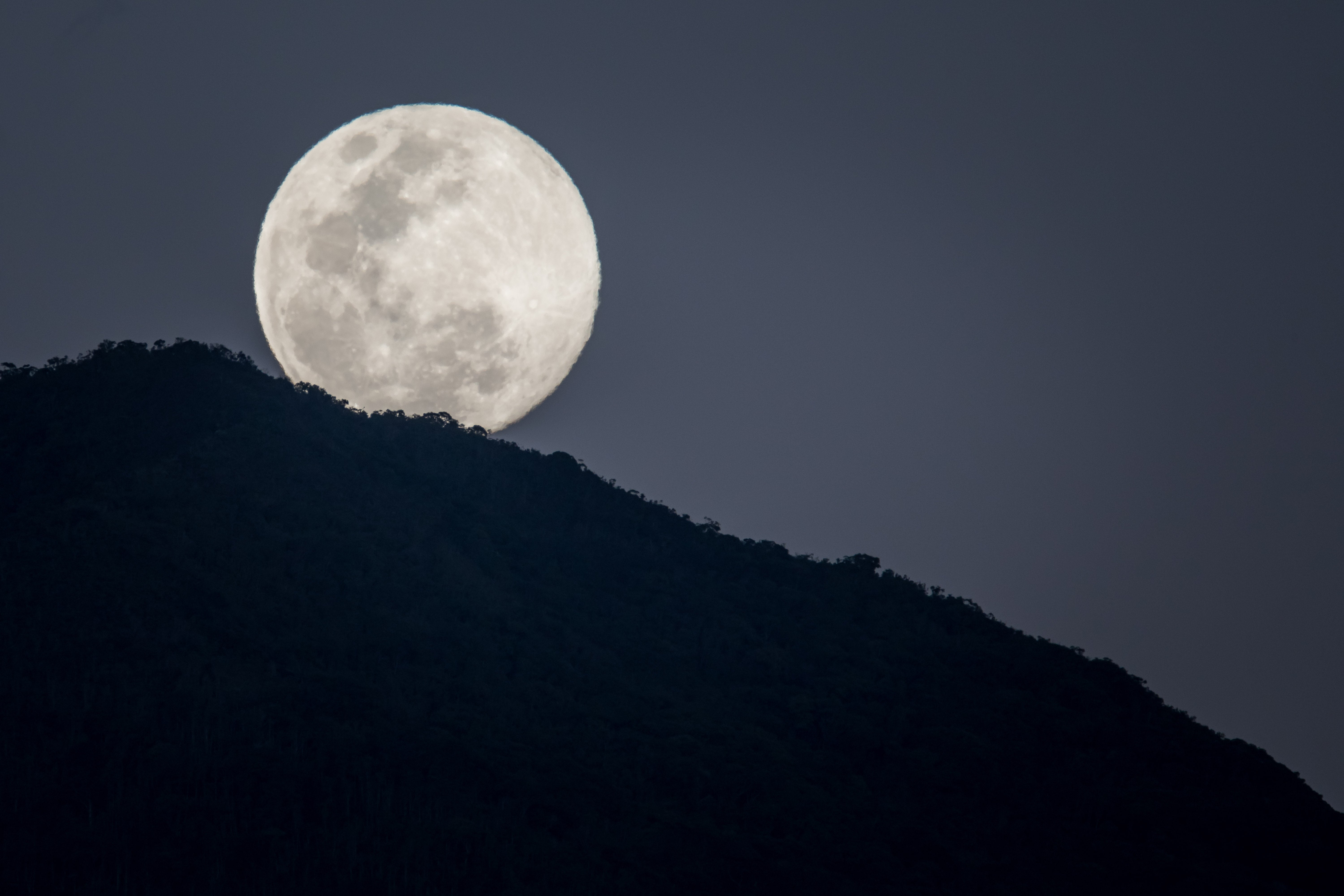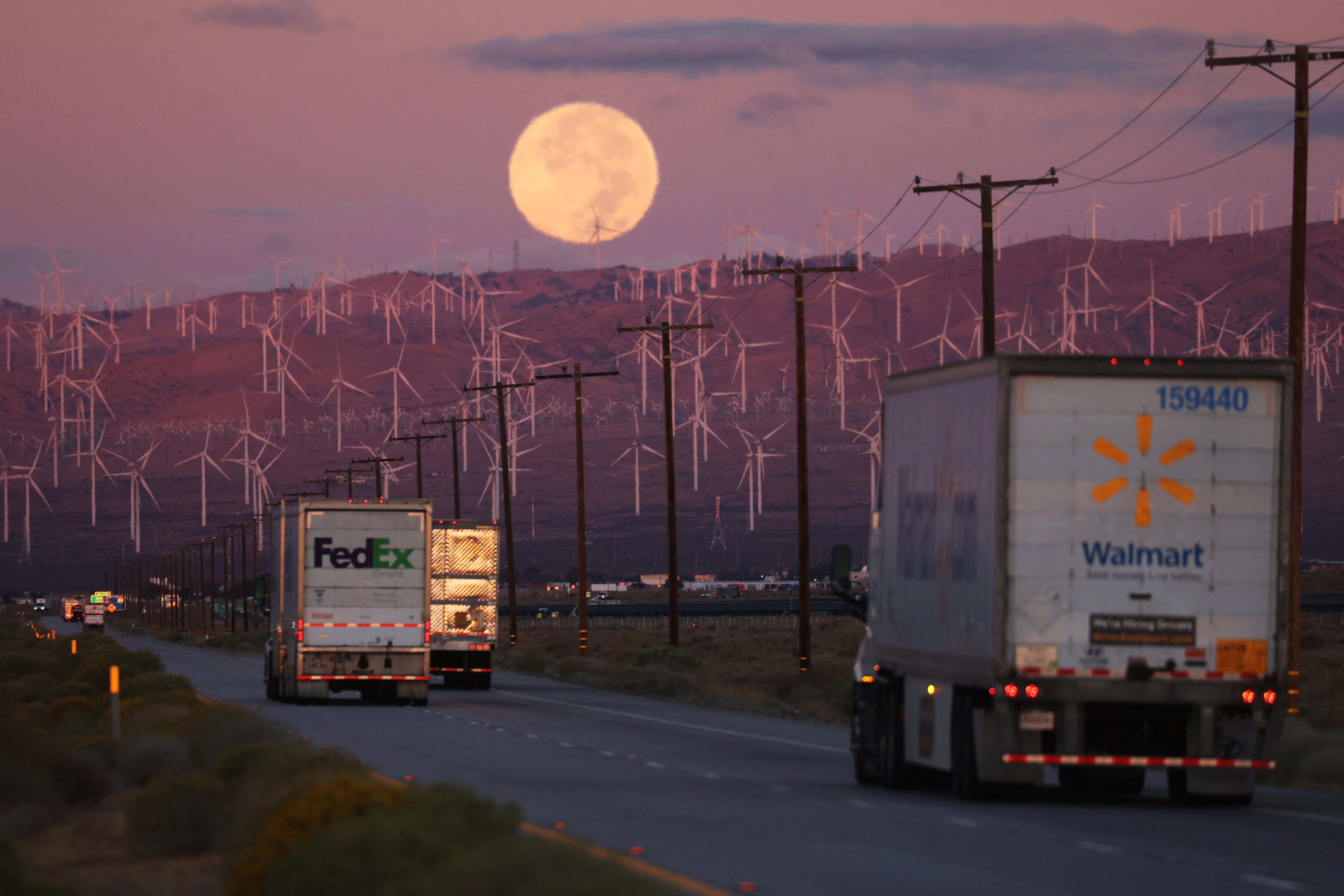How to catch the first full ‘Wolf’ moon of 2025
First full moon of January known as Wolf Moon
Your support helps us to tell the story
From reproductive rights to climate change to Big Tech, The Independent is on the ground when the story is developing. Whether it's investigating the financials of Elon Musk's pro-Trump PAC or producing our latest documentary, 'The A Word', which shines a light on the American women fighting for reproductive rights, we know how important it is to parse out the facts from the messaging.
At such a critical moment in US history, we need reporters on the ground. Your donation allows us to keep sending journalists to speak to both sides of the story.
The Independent is trusted by Americans across the entire political spectrum. And unlike many other quality news outlets, we choose not to lock Americans out of our reporting and analysis with paywalls. We believe quality journalism should be available to everyone, paid for by those who can afford it.
Your support makes all the difference.Stargazers won’t have to wait too long into the new year to welcome the Wolf Moon.
The “Wolf” Moon, the widely used name for the year’s first full moon, is expected on January 13, reaching peak illumination at 5:27 p.m. Eastern time, according to the Farmer’s Almanac.
The term’s origins have multiple explanations.
Multiple North American Indigenous nations used wolf terms to describe winter moons, including the Cheyenne referring to the moons of November and December as “when wolves run together” and the Sioux using a term meaning the same for January’s moon, according to Western Washington University.
Celtic and Old English folklore arrived at a similar name for the early year full moon when wolves would have been heard howling in the night in both Britain and North America, where descendants of these cultures settled.
“The January Full Moon is known as the Wolf Moon by some European cultures, due to the evocative calls of wolves as they search for food in the depth of winter,” Dr. Darren Baskill, an astrophysicist from the University of Sussex, told BBC Science Focus this year.

“Wolves were hunted to extinction in the UK just 250 years ago, being Britain’s last apex predator to go extinct,” he added. “But their presence is still remembered today through the oral tradition of the names of the Full Moon.”
The year 2024 was host to a number of spectacular lunar events, including supermoons, when new or full moons are within 90 percent of their closest approach to Earth, appearing larger and brighter than usual.
In September, stargazers were treated to a rare partial eclipse of a supermoon.

In October, an extra-large, orange-colored Hunter’s Moon rose in the sky. The following month, another supermoon, the Beaver Moon, was visible - the fourth supermoon of the year.
The last full moon of the year, the Cold Moon, rose in the early morning hours of December 15.
When viewing a supermoon, or full moon of any kind, experts recommend finding an area away from street lights and other forms of light pollution to get a clearer view.
To photograph one, some recommend framing the orb with a landmark.
“Think of how to be creative – that means tying it into some land-based object,” Nasa senior photographer Bill Ingalls once told The Independent. “It can be a local landmark or anything to give your photo a sense of place.”

Join our commenting forum
Join thought-provoking conversations, follow other Independent readers and see their replies
Comments